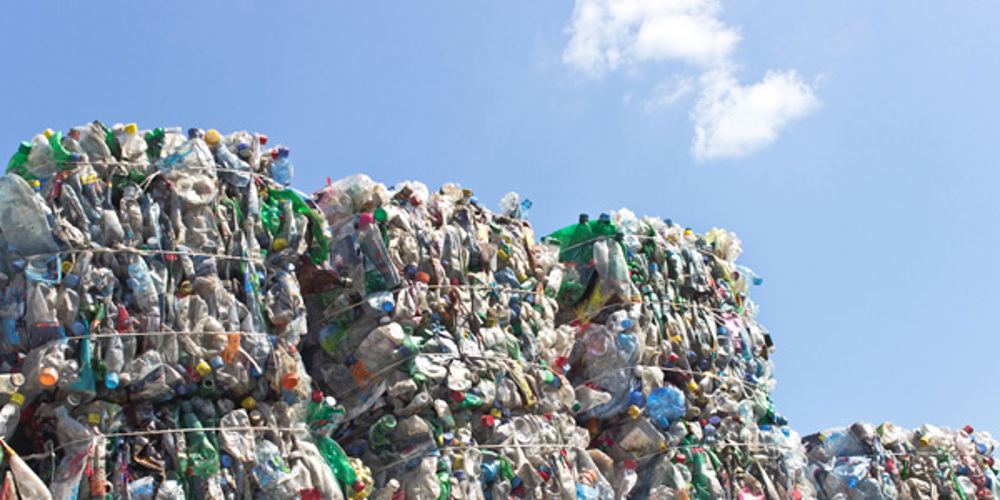Dealing with the waste: Our commitment to recyclability
Everything that is manufactured generates waste of some sort. In plastic production, however, almost all production waste is recycled directly at the plant: Cut-offs, faulty products and the like.

Once the products are in circulation, systems are in place to ensure that the valuable resources within the products are not discarded but used to make new products. This is part of our commitment to making our products recyclable. And yours, too.
For Primo, a deep commitment to recycling is a natural move, not just for us, but for our customers, too. In new development projects, we strive to take recyclability into consideration, building it into our design whenever possible.
This means that as a Primo customer, you can rest assured that our efforts to implement recyclability in our products – and in yours – will be an integral part of any development process. This is important not just for our CSR efforts and our brand, but can be important for yours, as well.
PVC recycling on a grand scale
One of the greatest advantages of most thermoplastics such as PVC, PE and PP is that they can be recycled without any loss of quality. This is especially true for PVC – a material that has suffered from bad press for decades. Studies among producers of plastic pipes have demonstrated that a PVC product can be broken down, melted and extruded to a new product with zero loss of product quality – not once, but five times over. This is just one example of how plastics are exceptionally well suited for recycling – much more so than most other materials, in fact.
In Denmark, five major plastics producers – us among them – decided to address the issue of PVC recycling by setting up a system to make it easy for builders to dispose of decommissioned PVC products used in building and construction. This is typically drainage pipes, sewage lines, roof profiles, window profiles etc, all produced from extruded PVC. The system was given the name WUPPI and now makes it possible for cities and construction companies to safely dispose of such materials.
In other European countries, similar organisations are in place, working closely with waste management companies to set up a recovery system. Examples are RecoMed in the UK and VinyLoop in Italy.
WUPPI and their counterparts are all part of VinylPlus, the pan-European plastics industry’s recycling organization for PVC-products, whose aim it is to recycle 800,000 tonnes of PVC by 2020 – a goal that is within reach.
…and other plastic types, too
All thermoplastics can be recycled, but the majority of recycled plastics are industrially used types such as PVC and PE. With the recent Chinese ban on import of plastic waste, the European plastics industry now needs to move fast to devise systems that can make plastics part of a truly circular economy.
This megatrend is driving new investments in recycling infrastructure in Europe and will continue to do so in the coming years. A real challenge will be to increase the amount of post-consumer plastic recycled.
In Europe as a whole, a total of some 31 % of all plastics produced are collected for recycling, but there are substantial regional differences with countries such as Sweden, Norway and Germany at the very top. At Primo, we will continue our efforts to engage with all present and future recycling initiatives – to save the environment from harm, but also to preserve a valuable natural resource.
Sources: Nordisk Wavin, WUPPI, VinylPlus, Plastics Recyclers Europe
About Primo
Headquartered in Copenhagen, the Danish group has sales and production activities at 11 locations in Europe and China. The group currently has 980 employees and a turnover of 205 million EUR (per 31.12.2022). The company was founded and owned by the Grunnet family and, since its beginning in 1959, has specialised in designing and producing customer-specific profile solutions in plastic.